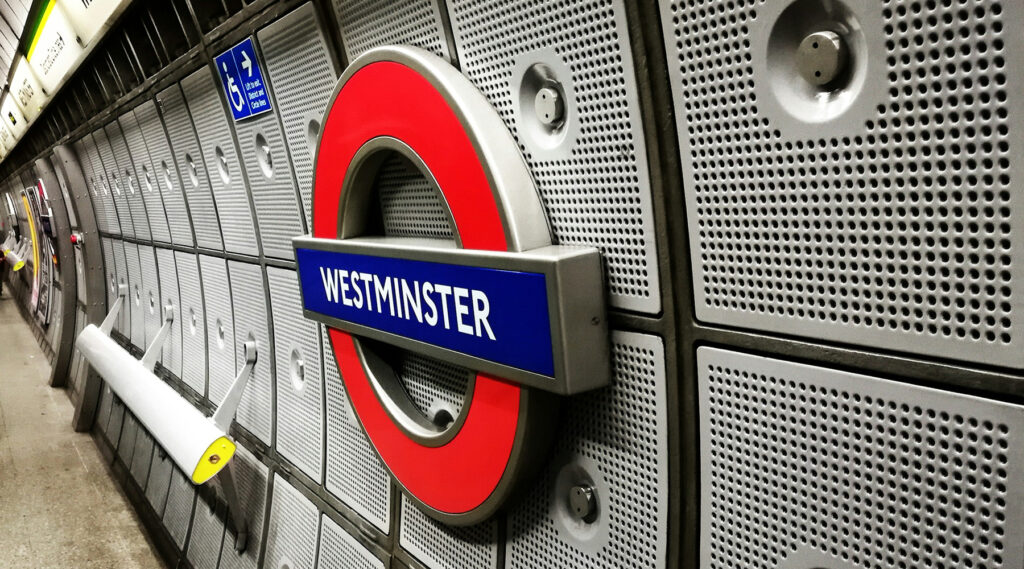Transport for London’s finances gained a vote of confidence today after one of the debt ratings agencies upgraded the quality of TfL debt.
When TfL borrows money by issuing debt, it is given a quality score by the ratings agencies, and that affects how much TfL has to pay in interest payments. The better the quality score, the lower the cost of servicing the debt.
The ratings agencies periodically report on company debts, and Moody’s Investors Service (Moody’s) has now upgraded TfL’s long term debt ratings from Baa1 to A3 — that is to say, from moderately risky to low credit risk, and the outlook for TfL’s debt has been changed to positive.
Moody’s says that the upgrade is thanks to TfL’s improving operating performance and that TfL is unlikely to need additional financial support to achieve operating surpluses from fiscal 2024 (year ending 31 March 2024). Moody’s also notes that TfL’s income is now higher than before the pandemic, although so are its costs, and Moody’s expects future annual fare rises will continue to support TfL’s finances.
Latest Financial Report
TfL’s latest finance report, from 1st April to 14th October 2023, shows that passenger journeys are now relatively steady at 90% of pre-pandemic levels, up from 85% at the end of 2022/23.
TfL says that London Underground and Rail journeys continue to perform strongly in the year to date, offsetting slower growth on buses. On buses, they are also seeing a slightly improved ticket yield, with passenger income higher than expected.
The ratings agency itself noted that TfL’s improving financials and likely reduced requirement for often last-minute funding deals with the government reduces TfL’s debt risk, which also supoorts the rating upgrade. That can be read as a subtle reminder that long terms deals are always cheaper than the short term ad-hoc agreements imposed by the government on TfL during the pandemic.
Long term investment
However, the current funding settlement will expire at the end of March 2024, and the long-term plans lack clarity. Capital investments, such as new trains for the Bakerloo line or line extensions, are generally supported by government grants and loans, but if that’s not offered, then Moody’s warns that TfL may need to make more cuts to services or raise its borrowing levels.
This was highlighted by TfL’s latest finance report that says when an expected £181 million from the government to cover the impact of high inflation wasn’t provided, TfL had to let £90 million worth of maintenance and enhancements slip to a later date.
One of the curiosities of TfL’s investment is that while London passengers benefit from the improvements, the money itself is largely spent outside London with suppliers who build the buses, trains, and associated equipment, which means the regions benefit from the jobs being created when TfL buys things for its network.
TfL submitted its 2024/25 Capital Business Case to the Department for Transport (DfT) in September, and a decision is expected in autumn.
Moody says that a multi-year funding agreement to finance TfL’s capital programme with minimal conditions could see the ratings upgraded, which would help reduce the cost of servicing the debt. However, they warn that the lack of a long-term capital investment agreement, if it led to service cuts due to lower maintenance spending, could affect fares income, putting additional pressure on TfL’s debt.
Debt levels
Average annual capital expenditures, which stood at £3.3 billion during 2017 to 2020, were lowered to £2.1 billion in the last three years. This decrease allowed TfL to reduce its debt to £15.2 billion by the end of fiscal 2023, down from £15.6 billion at the end of fiscal 2021.
By the middle of October 2023, TfL’s debt had fallen to £15.03 billion.
Rachel McLean, Chief Finance Officer at Transport for London said: “We are pleased that Moody’s has upgraded our long-term debt ratings and has changed our rated outlook from stable to positive. This achievement is testament to the hard work taking place across our organisation to ensure we are operationally financially sustainable and can provide a safe and reliable public transport network that serves the city night and day.
“While we remain on track to achieve operational financial sustainability this year, our current funding agreement with Government is due to end in March next year. We continue to discuss with Government our capital investment needs for the future, both for 2024/25 and the longer term, which Government has always acknowledged will be an ongoing requirement for TfL as for other transport providers. Certainty over this capital investment support is absolutely vital to continue to grow ridership, maintain services and assets and support jobs and economic growth around the country through our supply chain.”








Watching the flashy digital signs alongside escalators at my central London stop, I note that about 50% of the time the ‘ads’ are for TfL itself. Presumably that means the actual revenue is half what it ought to be. Odd.
I bet Moodys were sheepish about upgrading the rating from Baa1
Ewe bet